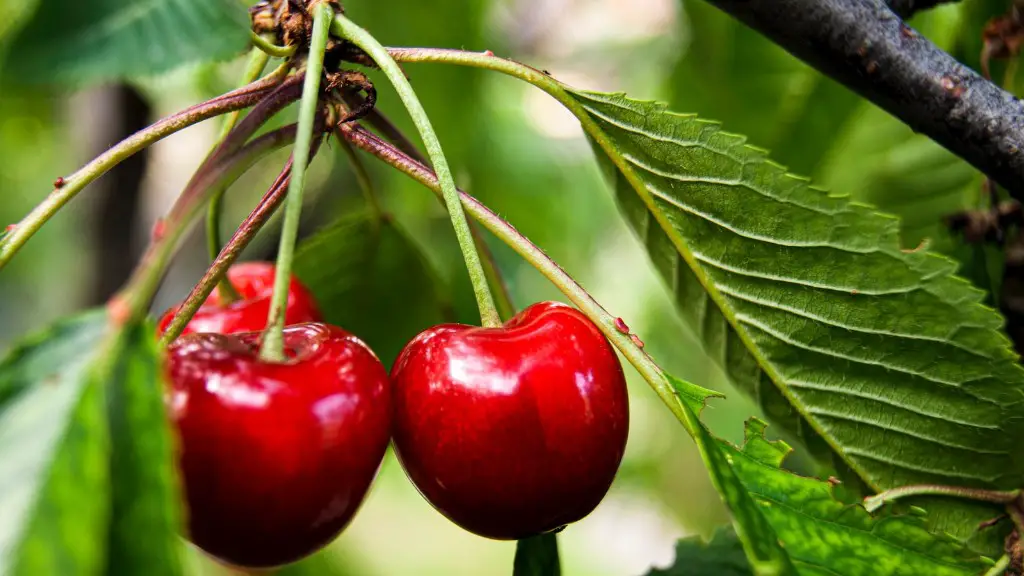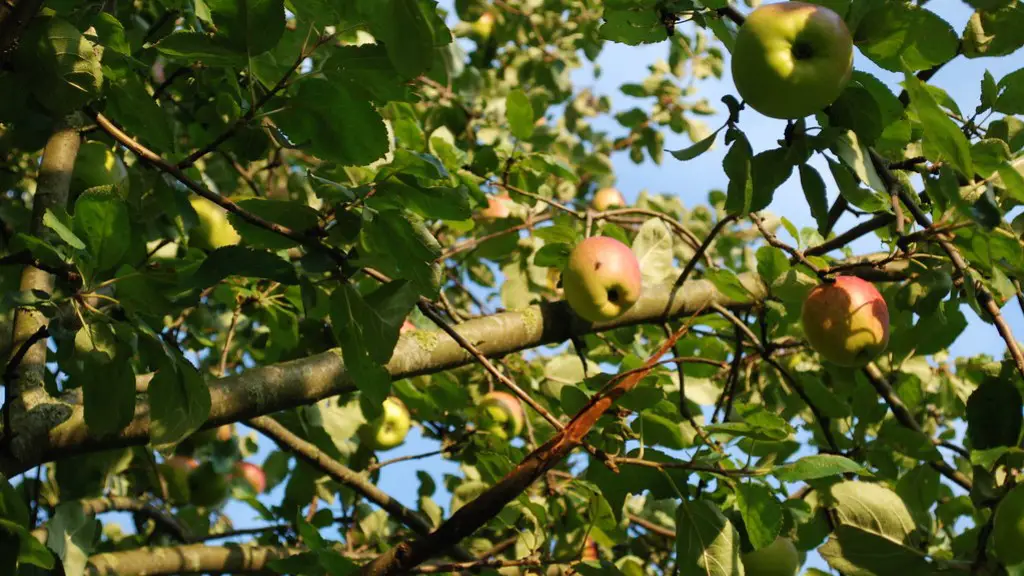Background on a Cherry Blossom Tree
A cherry blossom tree, also known as a sakura tree, is a popular Asian ornamental tree known for its beautiful blossoms in spring. This tree belongs to the genus Prunus, which also includes other fruits such as almonds and peaches. Cherry blossom trees are usually small, growing to around 15-20 feet in height and 20-30 feet in width. They have light green leaves with a slightly serrated edge and multiple blossoming branches. In Japan, this tree is given deep spiritual and cultural symbolism, and is held in high regard in the nation’s art, literature, and music.
Where Do Cherry Blossom Trees Usually Grow?
Cherry blossom trees can be found growing in various areas of the world, but are best known for growing in Japan, Korea and China. These countries are renowned for their beautiful cherry blossom festivals, during which people enjoy picnics, parties and other celebrations underneath the falling petals. The cherry blossom tree is also often used as a street tree and ornamental tree in parks and gardens around the world.
Where Does the Cherry Blossom Tree Get its Name?
The cherry blossom tree derives its name from the beautiful pink to white flowers that adorn its branches in the springtime. These flowers generally bloom for a few weeks, and can live for up to 21 days. The common name of these flowers is “sakura,” which means “flower” in Japanese.
What are the Different Types of Cherry Blossom Trees?
There are several different species and varieties of cherry blossom trees, many of which are popular choices for landscaping. The most common varieties are the Japanese Cherry, or Prunus sargentii, the Yoshino Cherry, or Prunus yedoensis, and the Kwanzan Cherry, or Prunus serrulata. These trees are distinguished by their different features and bloom times. The Japanese Cherry tree is known for its pinkish flowers and early bloom, while the Yoshino Cherry blooms later and has white flowers. The Kwanzan Cherry has double-flowered blossoms of a deep pink color and blooms later than the Yoshino Cherry.
The Symbolism Behind the Cherry Blossom Tree
The cherry blossom tree holds particular importance in many Asian countries, which fosters a unique spiritual and cultural symbolism. The Japanese people view the blossoms of this tree as a sign of the ephemeral beauty of life and living; some of their most famous artwork and literature is inspired by this tree and its’ precious, short-lived beauty. Additionally, the tree is associated with feminine beauty and delicacy.
Planting and Caring for a Cherry Blossom Tree
Cherry blossom trees can add a beautiful, long-lasting element to any garden. However, they require some skill and planning to ensure the successful growth of the tree. When planting, it is important to choose a spot with moderately rich soil, making sure the tree has enough space to spread its branches. Cherry blossom trees need plentiful sunshine and water, and should be pruned during the winter to ensure a healthy canopy during the spring blooming season.
Pollution and Cherry Blossom Trees
In recent years, the effects of air pollution on cherry blossom trees have become more and more apparent, particularly in cities and towns where air pollution levels are high. Pollution can damage the leaves of cherry trees, making them brown, wilted and spotted, and can reduce the number of flowers that bloom in the springtime.
What to Consider Before Planting a Cherry Blossom Tree
When considering whether to plant a cherry blossom tree, there are many factors to take into account. Firstly, these trees require ample room to spread their canopy, and require careful planting and proper care in order to thrive. Additionally, they may be at risk of air pollution in some areas, so it’s important to to take these factors into account. Ultimately, if you want a beautiful and fragrant tree in your garden, look no further than the cherry blossom tree.
Facts and Figures About Cherry Blossom Trees
Cherry blossom trees are a popular choice for gardeners, and for good reason. Here are some of the key facts and figures associated with cherry blossom trees: they typically reach heights of between 15-20 feet and widths of between 20-30 feet; their scientific name is Prunus spp.; they bloom for up to 21 days between late March and early April; they thrive in climates with cool winters and warm summers; they need plenty of water and sunshine to help them flourish; and they can be found in Japan, China, and Korea.
Aesthetic Appeal of Cherry Blossom Trees
The beauty of cherry blossom trees simply cannot be ignored; from the subtle pink hue of their blossoms to the delicate contrast of green in their leaves, these trees make a delightful addition to any garden. Furthermore, their spiritual and cultural symbolism in Japan, Korea and China make them truly unique and inspiring trees, adding deep cultural and historical significance to any springtime celebration.
Economic Appeal of Cherry Blossom Trees
As well as having an aesthetic appeal, cherry blossom trees are economically viable for a number of reasons. Firstly, the blossom itself has numerous uses, from food ingredients to medicine, as well as being an important part of many traditional and cultural festivals. Additionally, the wood of the cherry blossom tree is popular with woodcarvers and furniture makers. Finally, the manufacture and sale of items associated with cherry blossom trees, such as artworks, decorative charms and other souvenirs, is a lucrative business, generating large amounts of income.
Cherry Blossoms and Climate Change
The effects of climate change on cherry blossom trees have also become increasingly apparent in recent years. In some countries, rising temperatures have caused cherry blossom trees to bloom earlier than usual, often before the traditional festivals that celebrate their beauty. Furthermore, rising sea levels have caused coastal erosion in countries where cherry blossom trees grow, putting the future of these trees at risk.
Pruning and Maintenance of Cherry Blossom Trees
In order to ensure the longevity and health of a cherry blossom tree, proper pruning and maintenance is a must. Firstly, it is important to choose a suitable spot for the tree, with sufficient space for the tree to spread its branches. Once the tree is planted, it should be watered regularly, but not over-watered, and it should be pruned in the winter time to ensure an optimal blooming season. Finally, any dead or diseased branches should be removed to keep the tree in good condition.


